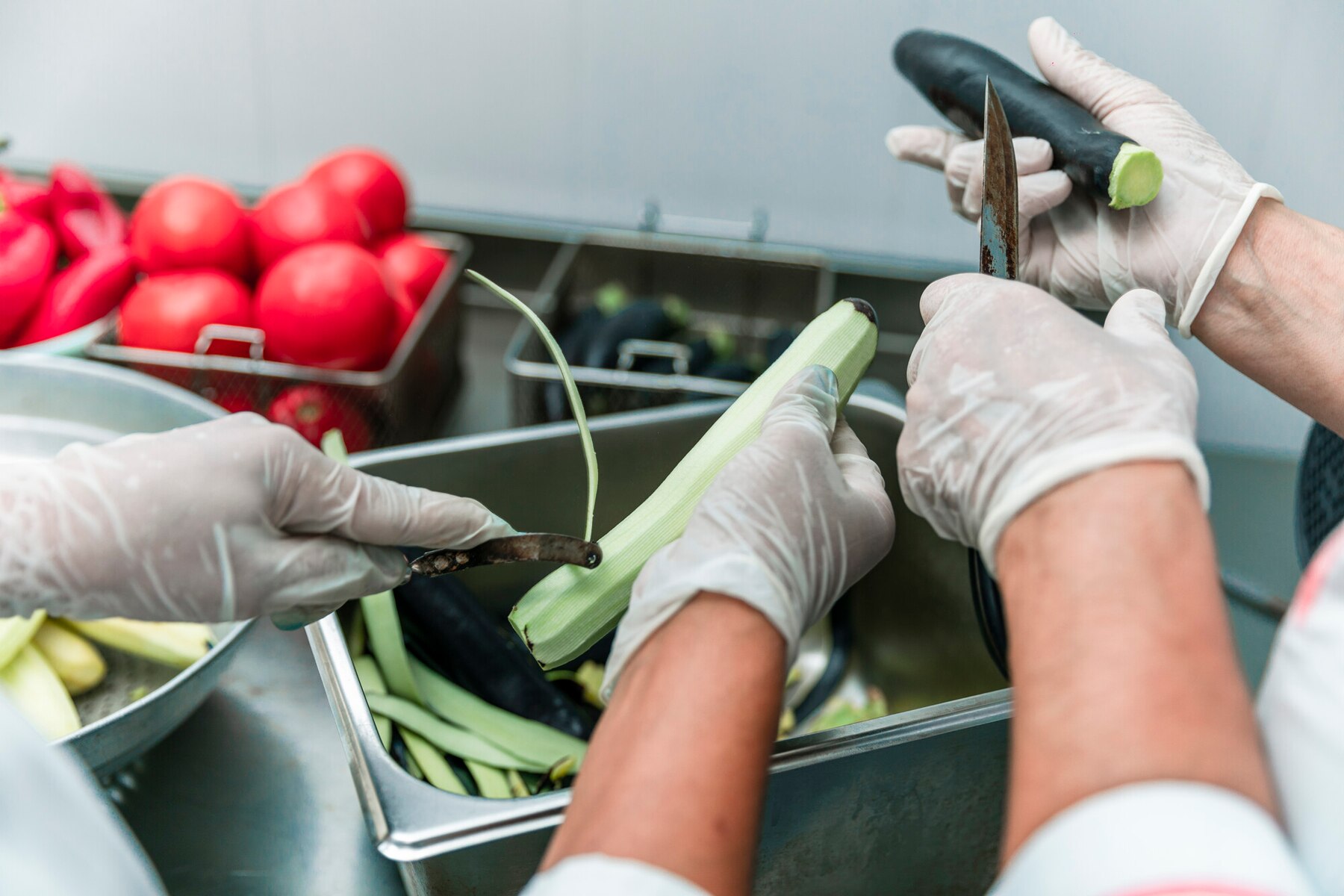The global supply chain for vegetables is a complex system that connects farmers, suppliers, distributors, and retailers across different regions. Managing the flow of fresh produce from farms to consumers requires precise coordination and a deep understanding of logistics, quality control, and international regulations.
How the Global Vegetable Supply Chain Works
The global vegetable supply chain starts with farmers, who grow crops based on regional climate conditions, soil quality, and market demand. Once harvested, these vegetables are processed, packaged, and transported to markets worldwide. Depending on the type of vegetable and its perishability, the logistics may involve cold storage, temperature-controlled transportation, and fast-tracking through customs to ensure freshness.
Key Components of the Supply Chain
Several key components must work together to ensure that vegetables move smoothly through the global supply chain:
- Farmers: The initial producers who grow the crops.
- Logistics Providers: Companies responsible for transporting and storing fresh produce.
- Distributors: Organizations that manage the wholesale distribution of vegetables to retailers.
- Retailers: Supermarkets and grocery stores that sell the vegetables to consumers.
Challenges in the Vegetable Supply Chain
The global supply chain for vegetables faces several challenges, many of which are related to the perishable nature of fresh produce. Some of the most pressing issues include:
Transportation and Cold Chain Management
Vegetables are highly perishable, so maintaining proper temperature control during transportation is essential to prevent spoilage. Cold chain logistics, which involve refrigerated transportation and storage, are critical for ensuring that vegetables remain fresh from farm to consumer.
International Trade Regulations
When vegetables are traded across borders, they must comply with various international trade regulations. These regulations often involve sanitary and phytosanitary standards, which ensure that imported vegetables are free from pests and diseases. Navigating these regulations can be complex, especially when dealing with multiple countries.
Technological Advances in Supply Chain Management
In recent years, technology has played a significant role in improving the efficiency and transparency of the global vegetable supply chain. Tools like blockchain technology, real-time tracking systems, and data analytics help companies monitor their shipments, ensure compliance with regulations, and minimize delays.
Blockchain for Transparency
Blockchain technology is being adopted by many companies in the food industry to improve transparency. By recording every step of the supply chain on a secure digital ledger, blockchain allows stakeholders to trace the journey of vegetables from farm to table, ensuring that they meet safety and quality standards.
Conclusion
The global vegetable supply chain is essential for providing fresh produce to consumers worldwide. However, its complexity requires careful management, particularly when it comes to transportation, cold storage, and regulatory compliance. By leveraging new technologies and improving coordination across all stages of the supply chain, the industry can continue to meet growing demand while maintaining quality and safety standards.

